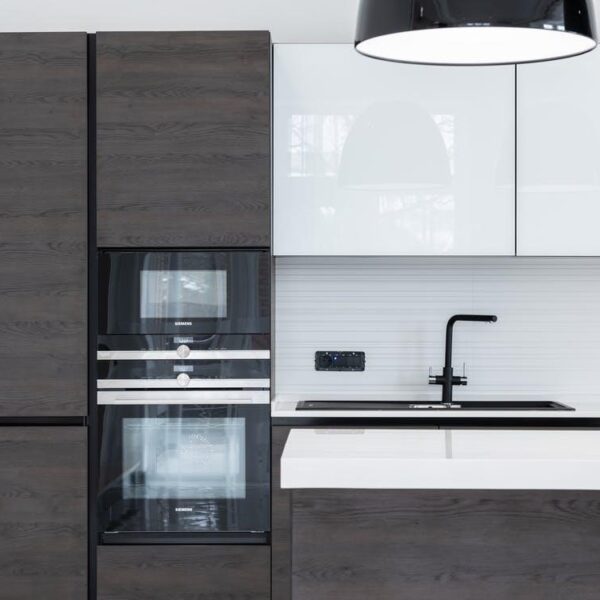Buying a fixer upper is a popular option for homeowners, whether they’re a first-time buyer, or moving up the property ladder. Renovating your home takes a number of steps, and you need to make sure you take care of the important stuff before you do the fun things like decorating and choosing furniture. If you’re wondering what the steps are to renovating a home, they’re laid out below, so you can ensure your home is finished to the highest standard.
- Take a look at the roof
One of the key parts of renovating a building is the roof. A good quality roof will keep your property well-protected and insulated, and it’s something that’s important to check before you buy a place. It’s worth visiting https://www.sydney-roof-repairs.com.au/ and booking an appointment for a roofer to inspect your roof, giving you advice on the best way to renovate it. Of course, you may require a replacement, and this is an excellent investment when you’re buying a new property.
- Windows are important too
Many older properties have single glazed or otherwise inefficient windows. This means your home can be cold and damp, and it can cost you a fortune to run the heat in the winter, or the air con in the summer. This is why many people who buy a fixer upper will replace all the doors and windows. You should learn how to measure for window replacements to ensure you get the perfect fit, and look at the sort of windows that’ll suit your home. It’s best to stick to window styles that are similar to the original, so you keep the look of the home intact.
- Get the experts in for the tough work
DIY can save you money, but there are some jobs that are best left up to the experts. Some jobs you’ll need to bring professionals in for include:
- Structural work
- Electrical work
- Plumbing
- Anything involving gas appliances
- Air con and heating work
This is because professionals are needed to bring the job up to code. If you do the job yourself, you may not be able to get it certified, which means the work can be dangerous, and if you ever try to sell the house in future, this can be a problem. There are better ways to save money than trying to cut down on labour costs, so make sure you don’t end up with shoddy, amateur work.
- Think about your overall vision
The great thing about a renovation is that you’re basically starting from scratch, so you can build the house of your dreams. It’s worth thinking about what you want to achieve with the house, and the kinds of features that’ll make it a great place to live. Whether it’s open plan or closed plan, cosy or contemporary, now is the time to make some big decisions.
- Check whether you need a permit
Just because you’ve bought a fixer upper, it’s doesn’t necessarily mean you have the green light to do what you want with the building. There can unfortunately be red tape, whether it’s because the building is historic, or there’s some reason why it can’t be knocked down. You should check whether you need a permit for works before you start bringing people in. If you don’t check, you may be fined, or even have to undo the work that’s been done, so it’s always worth a quick query.
Some home improvements don’t require a building permit, but most do, especially those that involve structural changes and certain plumbing and electrical works. Adding a deck, which changes the footprint of your home, requires a permit as well. Residential decks are also covered by building codes. For example, deck railings must have guard rails that are at least 36 inches high, and railing balusters or vertical guards that support the handrail must only have not more than four inches of gap between balusters. Permits are important because they help ensure that homeowners are complying with building codes that help safeguard the safety of structures and everyone.
- Plan whether you’ll do the work in stages
Some houses are too wrecked to live in while you renovate them, but if the house is in OK condition, you may be able to do the work in stages. The advantage of that is you can spread the cost somewhat, and you don’t have the stress of trying to do everything at once. You can also spend some time doing DIY in your spare time, so can slowly work towards your goal.
A home renovation is a big project, so you need to plan it step by step for best results. Firstly, working on the exterior and the structural things, before moving on to the decorative elements. That way, you can be sure you end up with a home that’s safe and looks great.
Image Credits: Cherry Lin




Like this article? Share with your friends!